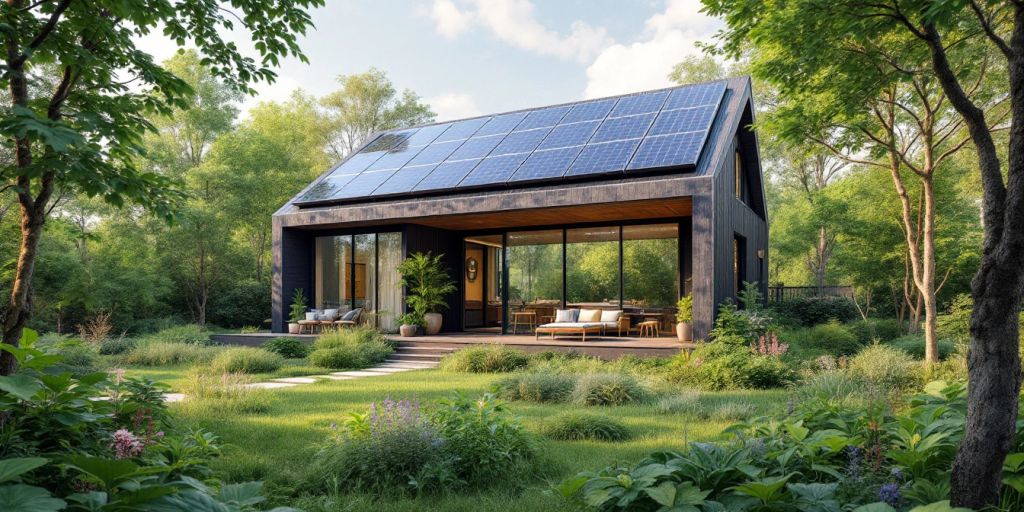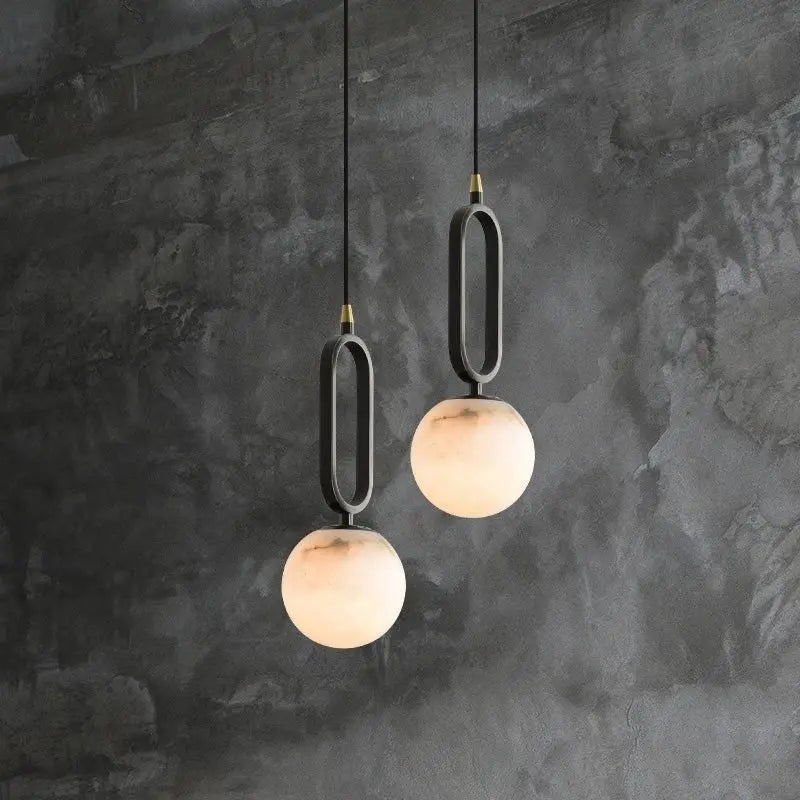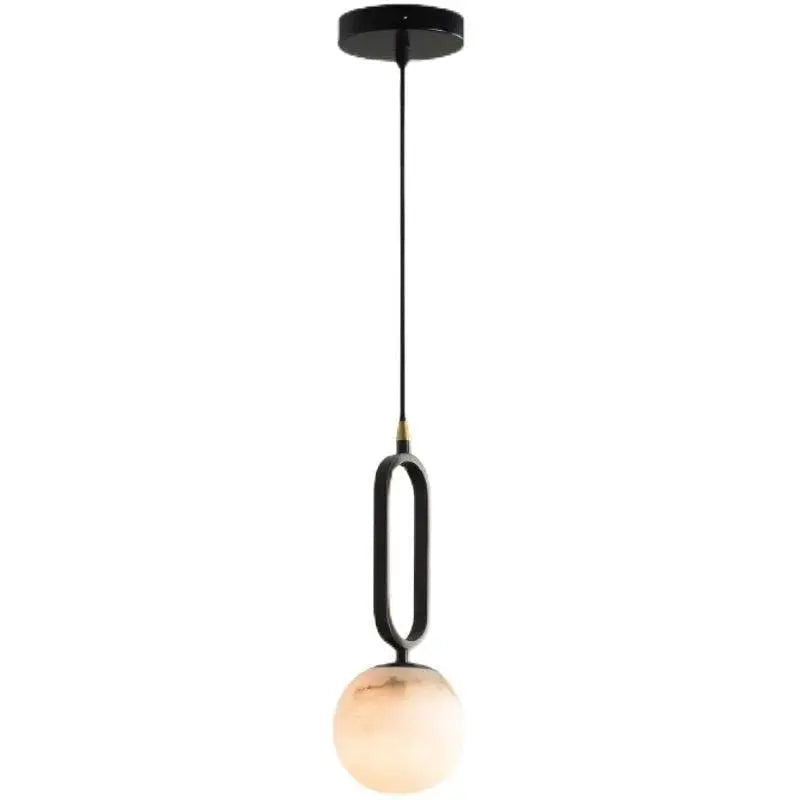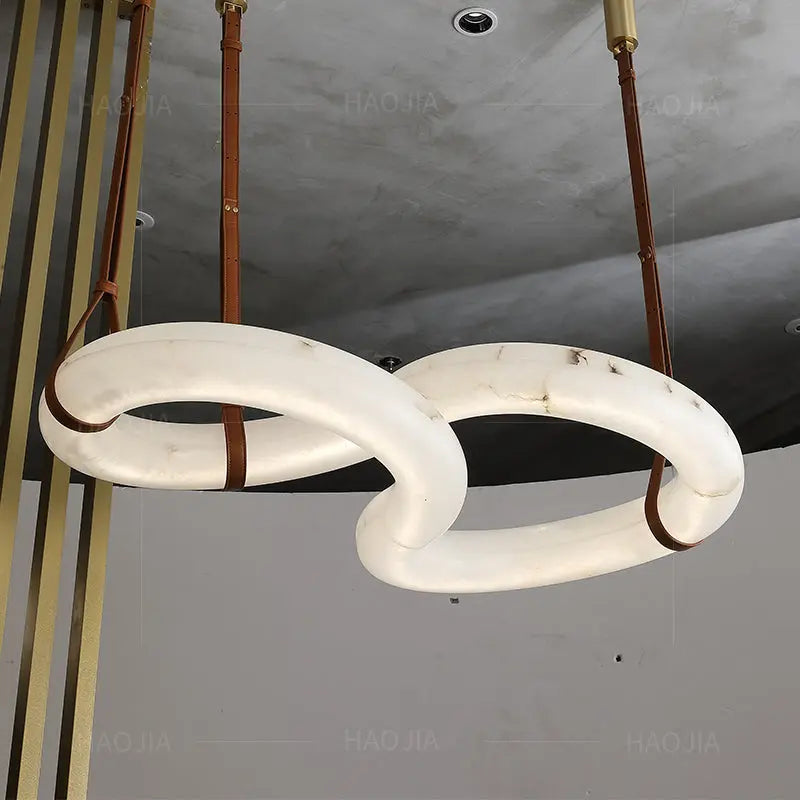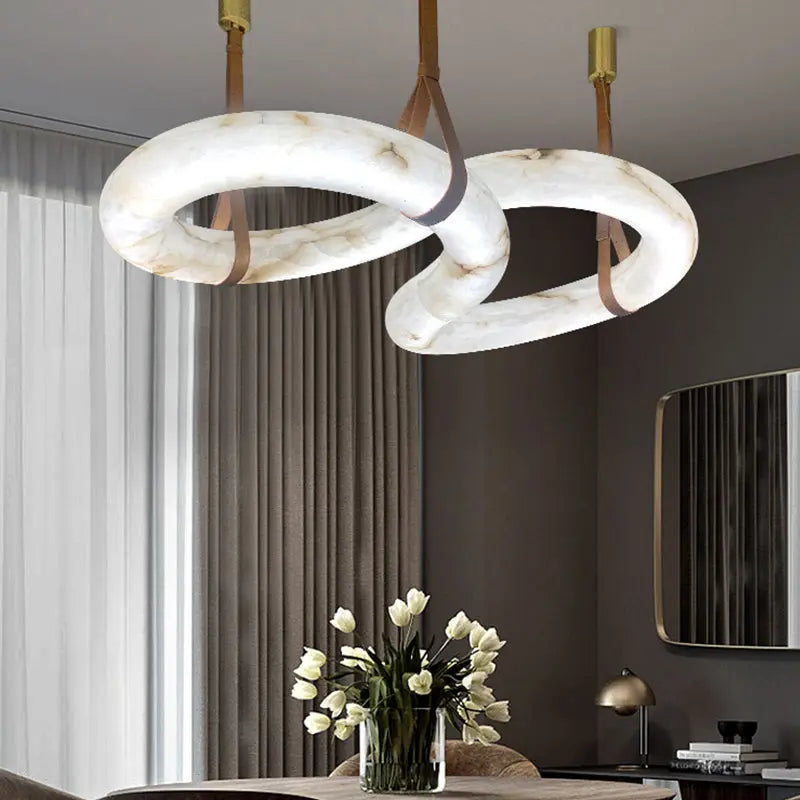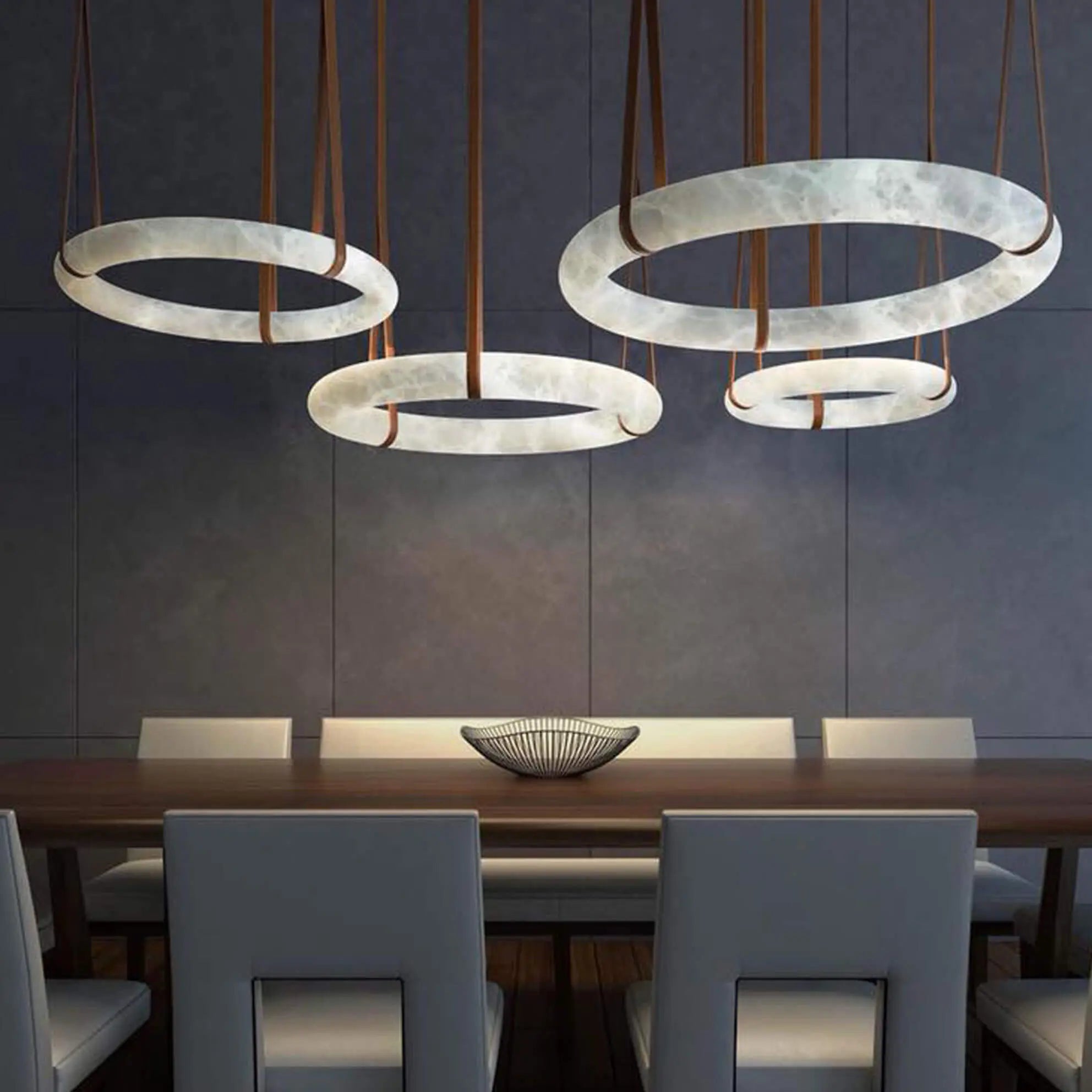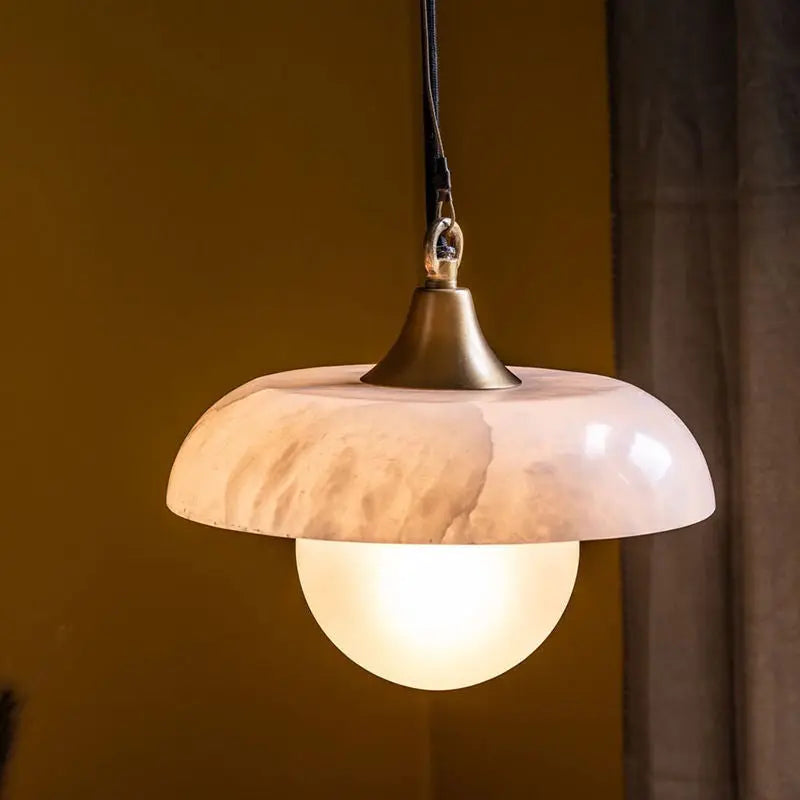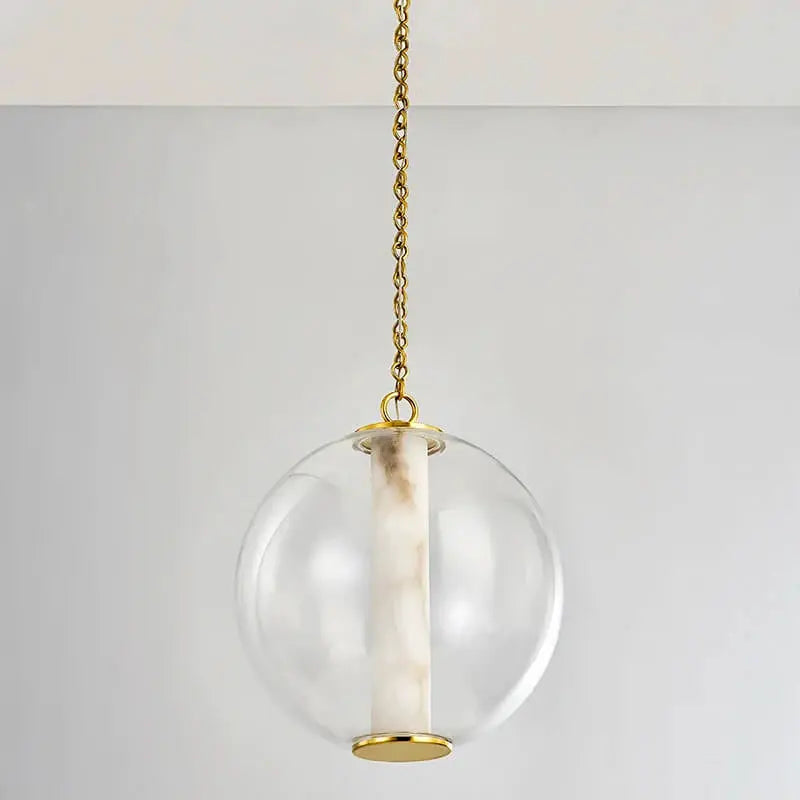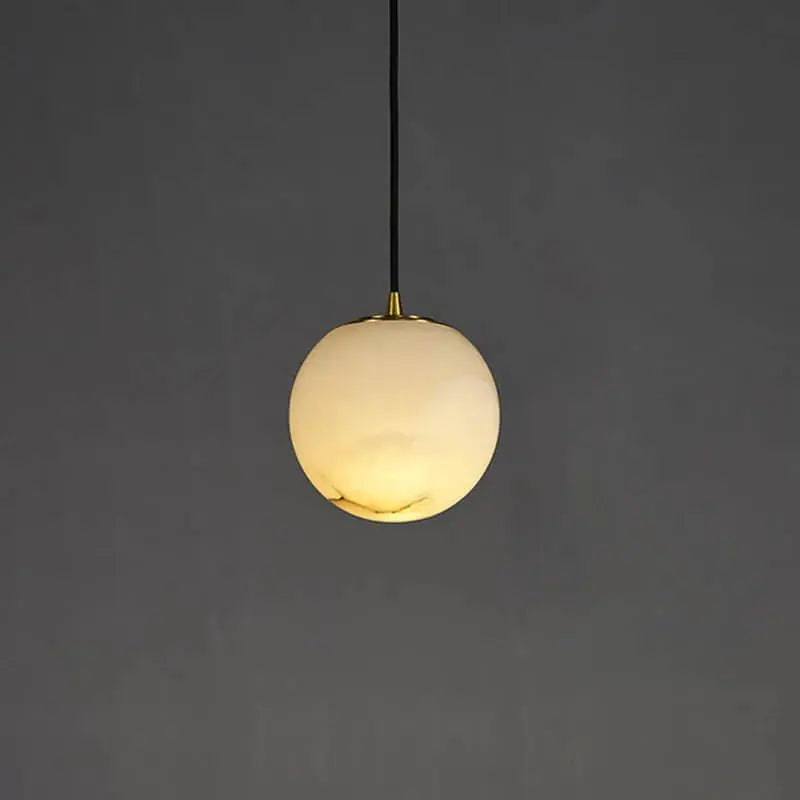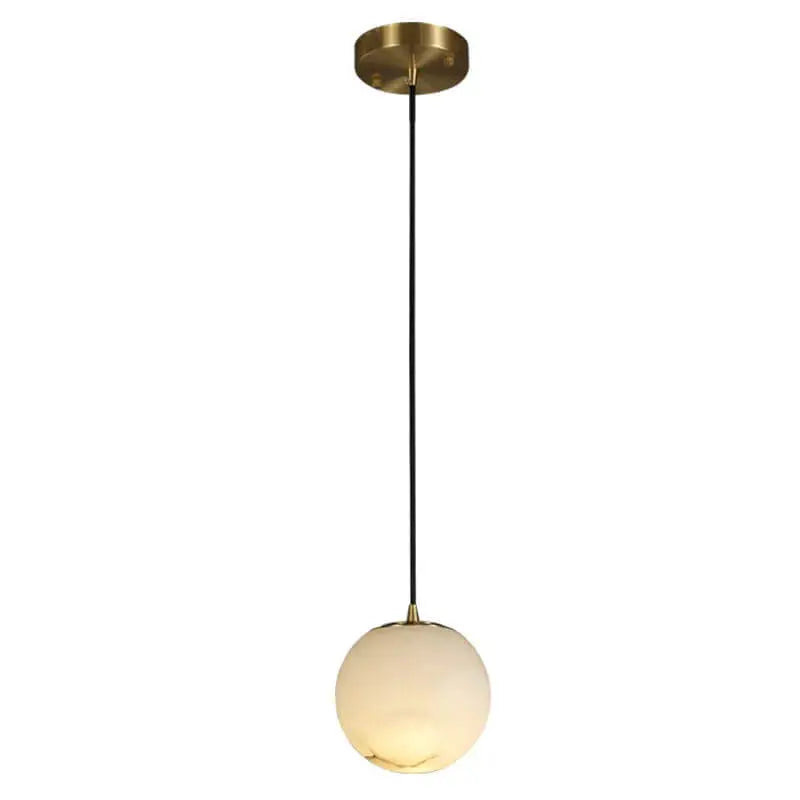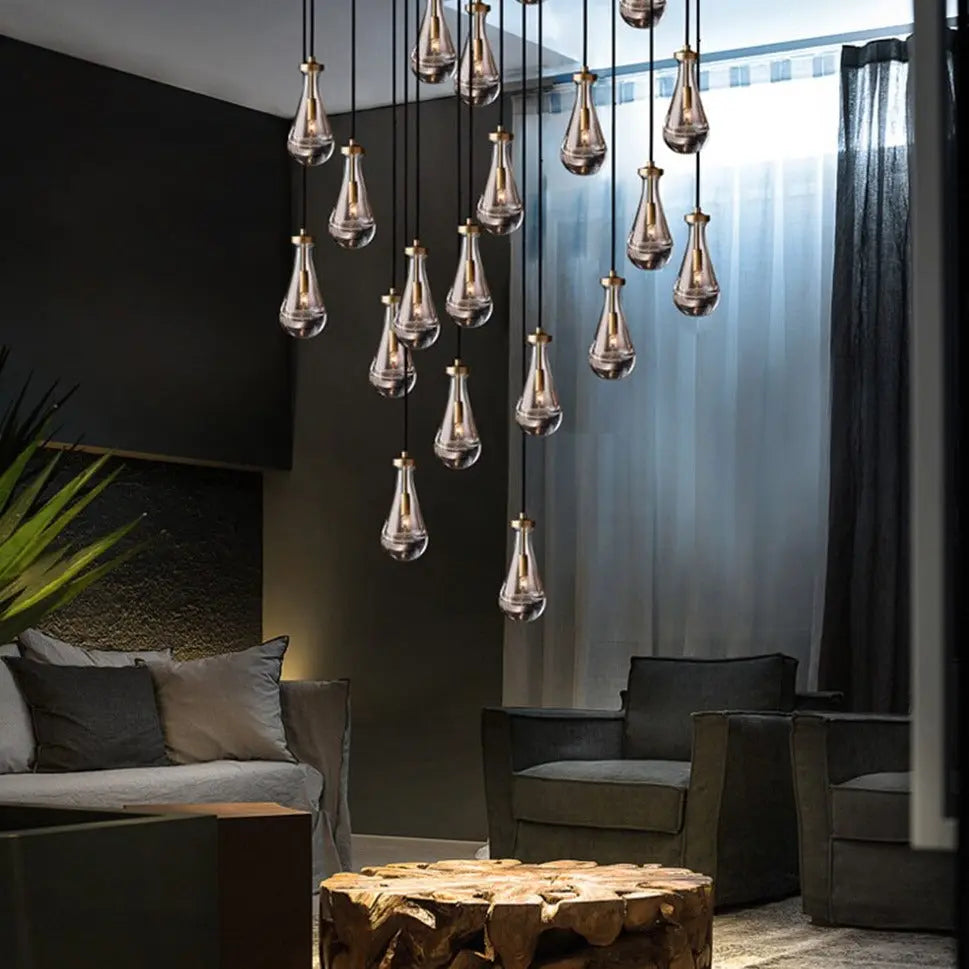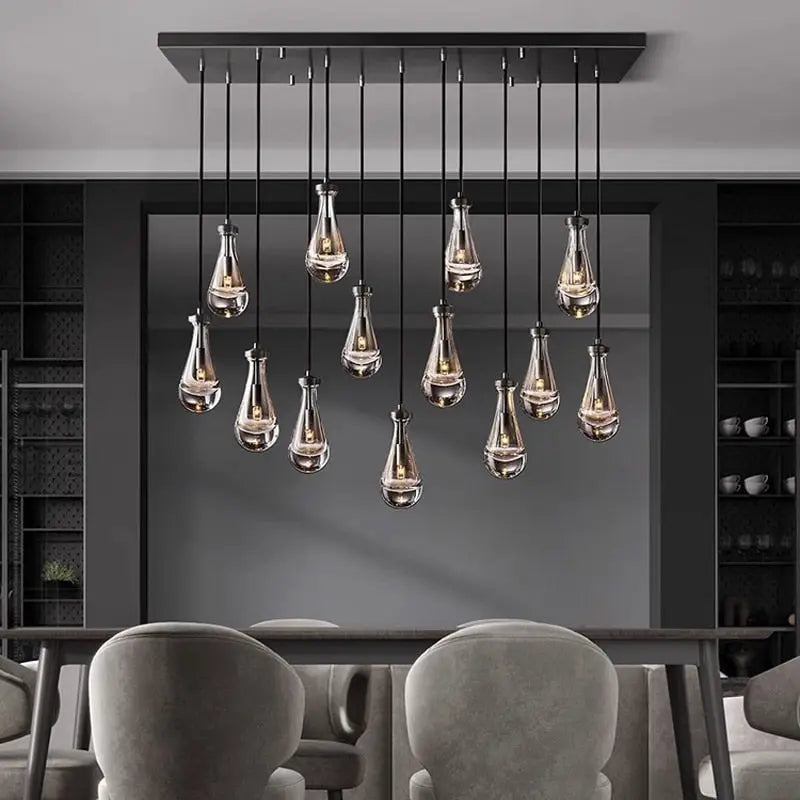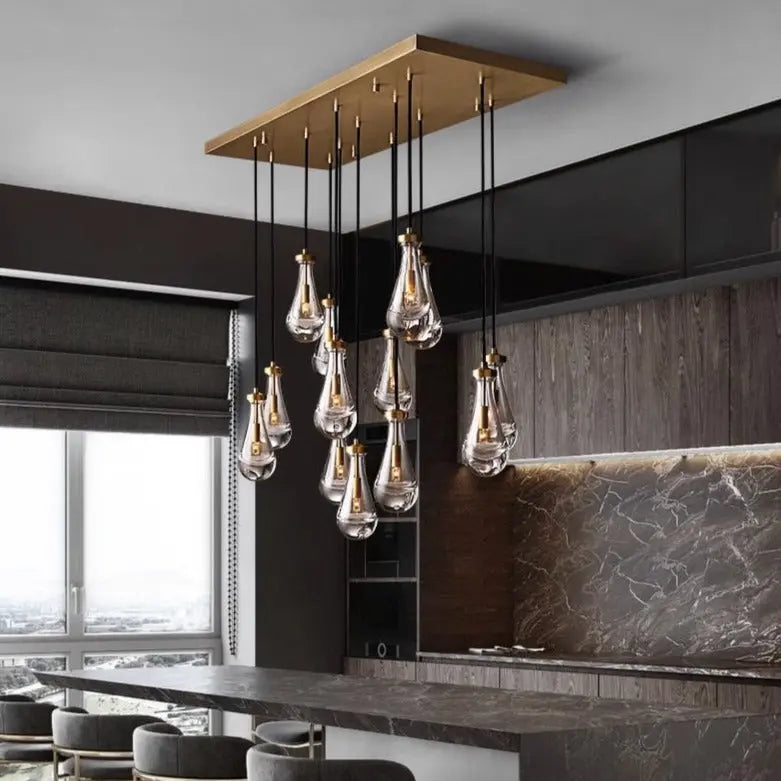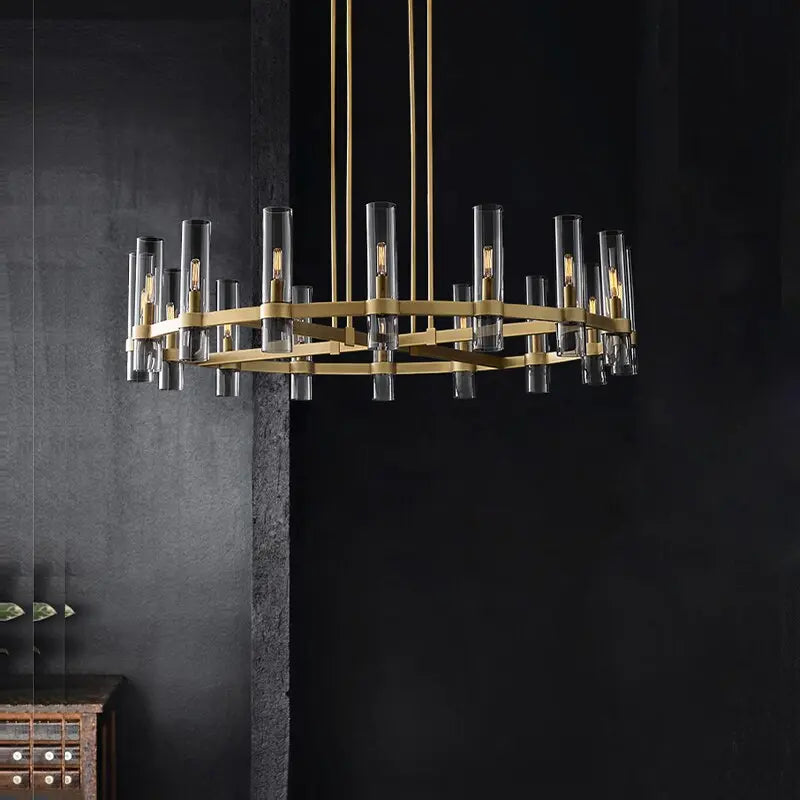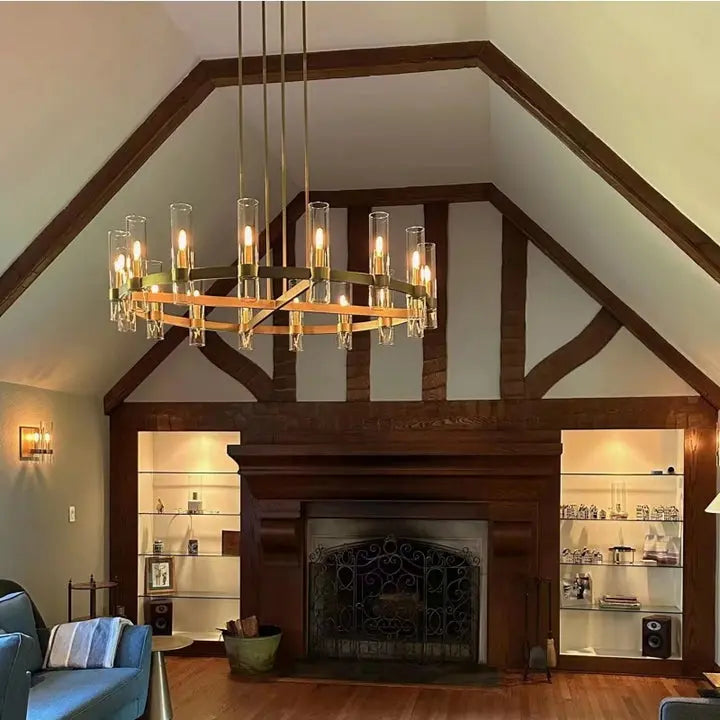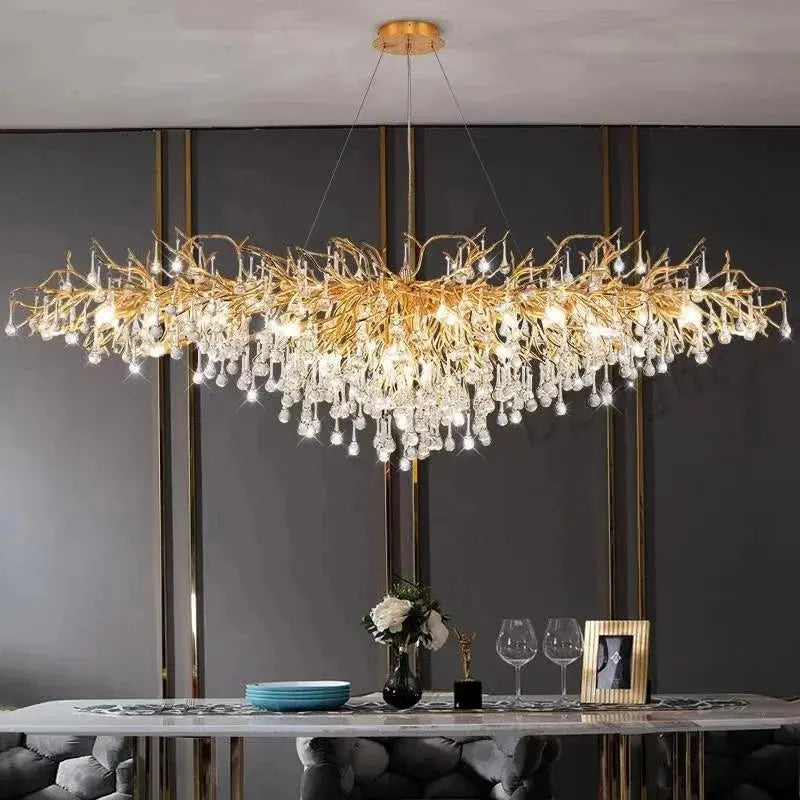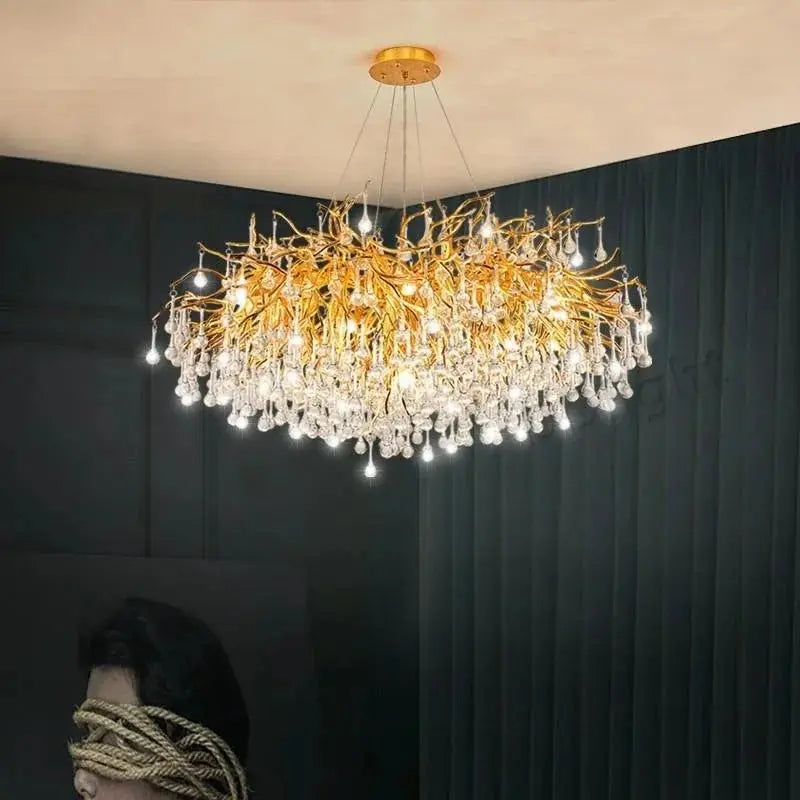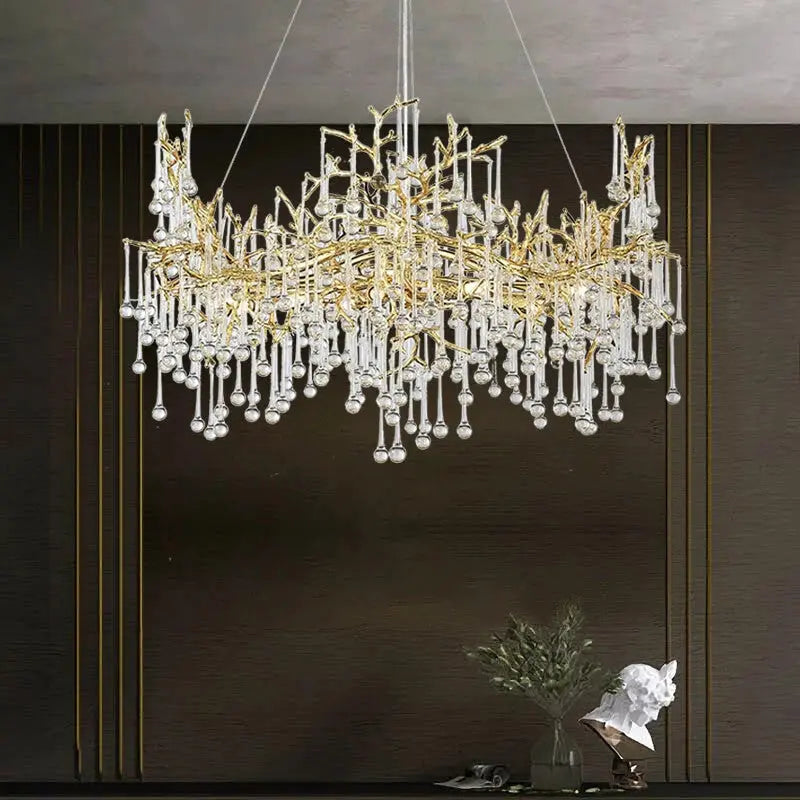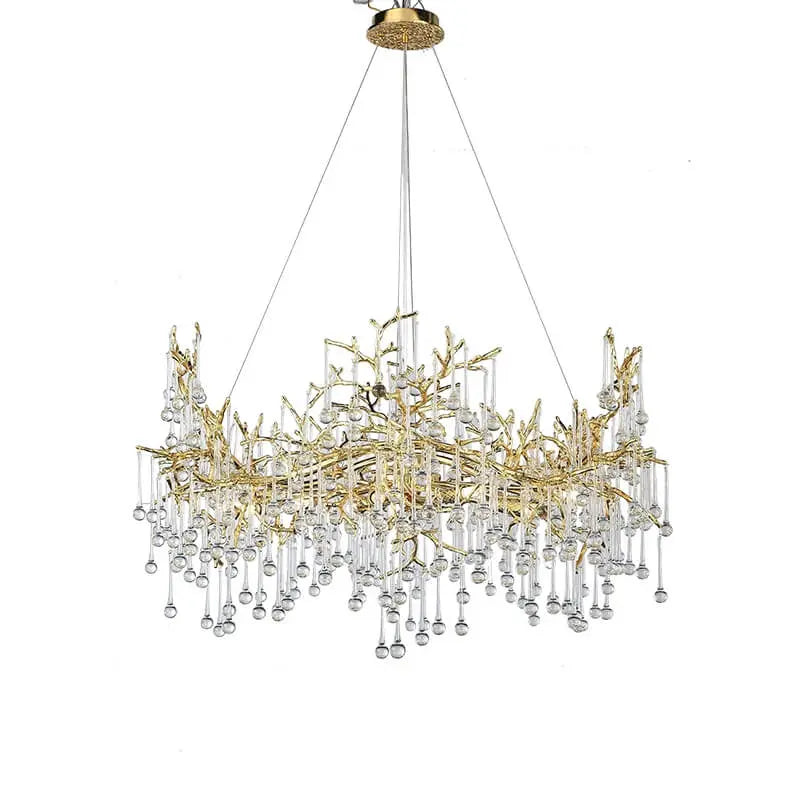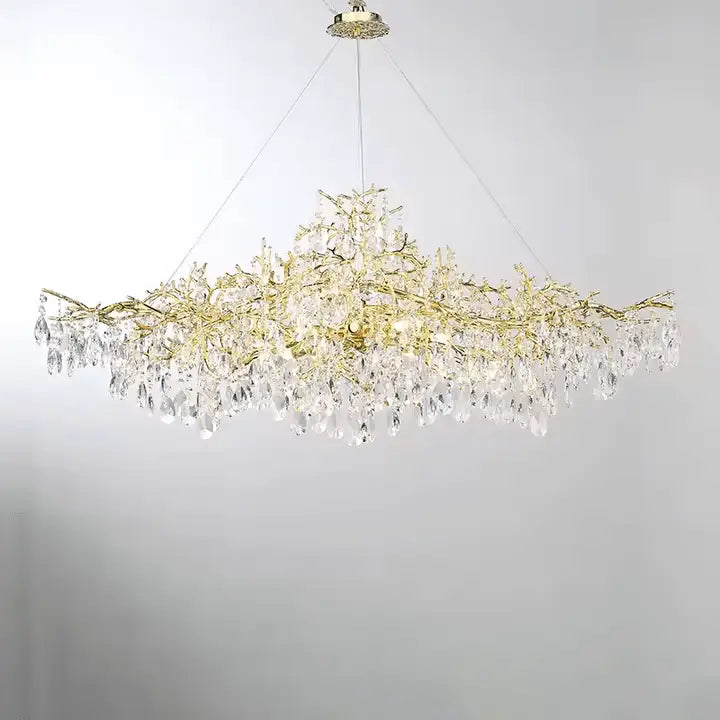The design of eco-friendly homes is not just about being green; it’s about creating spaces that are efficient, sustainable, and healthy for both people and the planet. In this article, we explore innovative ideas that can transform ordinary homes into eco-friendly havens. From using smart materials to designing for energy efficiency, we’ll show how you can make your living space better for the environment while still looking great.
Key Takeaways
- Eco-friendly homes can maximize space with smart designs like micro-housing and custom plans.
- Using sustainable materials like recycled items and non-toxic products helps protect the environment.
- Energy-efficient lighting and natural light can reduce electricity use and brighten homes.
- Innovative water systems, such as rainwater harvesting, can save water and reduce waste.
- Renewable energy sources like solar and wind are essential for sustainable home design.
Maximizing Space Efficiency in Eco-Friendly Home Design
In the quest for sustainable living, maximizing space efficiency is crucial. Eco-friendly home design focuses on creating functional areas that minimize waste and enhance comfort. Here are some key strategies:
Micro-Housing Projects
Micro-housing projects are innovative solutions for urban living. These compact homes, often under 300 square feet, are designed to include essential amenities while reducing the overall footprint. They are perfect for those seeking affordable home design options in crowded cities.
Custom Home Design Plans
Custom home design plans allow homeowners to tailor their spaces to fit their needs. By focusing on smart home design, you can create areas that are not only stylish but also functional. This approach often leads to the development of open-plan homes that promote a sense of spaciousness.
Efficient Interior Spaces
Efficient interior spaces can be achieved through thoughtful layout and design. Here are some tips:
- Use multi-functional furniture: Choose pieces that serve more than one purpose, like a sofa bed or a coffee table with storage.
- Incorporate built-in storage: Utilize vertical space with shelves and cabinets to keep areas organized.
- Embrace minimalist interior design: A clutter-free environment not only looks better but also reduces the need for excess furniture.
By focusing on space efficiency, we can create homes that are not only beautiful but also environmentally friendly.
In conclusion, maximizing space efficiency in eco-friendly home design is about making smart choices that benefit both the environment and the homeowner. Whether through micro-housing, custom designs, or efficient interiors, every decision counts towards a more sustainable future.
Incorporating Sustainable Materials for a Greener Home
Creating sustainable homes starts with the materials we choose. By selecting eco-friendly options, we can significantly reduce our environmental impact while enhancing the beauty of our spaces.
Energy-Wise Construction Materials
- Bamboo Flooring: A rapidly renewable resource that is both durable and stylish.
- Recycled Steel: Strong and versatile, it minimizes waste and energy use in production.
- Eco-Friendly Cement: Look for brands committed to sustainable practices, like JSW Cement.
Reclaimed and Recycled Materials
Using reclaimed materials not only reduces waste but also adds character to your home. Consider:
- Antique Furniture: Refurbished pieces can bring a unique charm.
- Recycled Fabrics: Great for upholstery and curtains, these materials are both stylish and sustainable.
- Vintage Decor: Items from the past can be repurposed for modern use, creating a blend of old and new.
Non-Toxic and Non-Polluting Products
Choosing safe materials is essential for eco-friendly homes. Here are some options:
- Water-Based Paints: These are less harmful and come in a variety of colors.
- Hypoallergenic Materials: Ideal for improving indoor air quality.
- Natural Fibers: Look for untreated woods and organic textiles to avoid harmful chemicals.
By making thoughtful choices in materials, we can create beautiful spaces that are also kind to our planet. Sustainable design is not just a trend; it's a necessity for a healthier future.
Incorporating these materials into your home design can lead to a more sustainable lifestyle, proving that style and environmental responsibility can go hand in hand. Remember, every small change contributes to a larger impact!
Energy-Efficient Lighting and Natural Light Utilization
Maximizing Natural Light
To create energy-efficient homes, maximizing natural light is essential. Here are some effective ways to do this:
- Large Windows: Install big windows to let in more sunlight.
- Skylights: Use skylights to brighten up darker areas of your home.
- Reflective Surfaces: Incorporate mirrors and light-colored walls to reflect light throughout the space.
Energy-Efficient Light Bulbs
Switching to energy-efficient light bulbs can significantly reduce energy consumption. Consider these options:
- LED Bulbs: They use less energy and last longer than traditional bulbs.
- CFLs: Compact fluorescent lamps are another great alternative.
- Smart Bulbs: These can be programmed to turn off when not needed, saving even more energy.
Skylights and Windows
Skylights and strategically placed windows can enhance your home’s lighting while keeping it cool. Here’s how:
- Placement: Position skylights in areas that need more light, like kitchens or bathrooms.
- Ventilation: Choose operable skylights to allow fresh air in, reducing the need for air conditioning.
- Energy Ratings: Look for windows with high energy ratings to ensure they keep your home insulated.
By focusing on natural light and energy-efficient lighting options, homeowners can create spaces that are not only beautiful but also sustainable. Embracing these practices is a step towards a greener future.
Innovative Water Management Systems in Eco-Friendly Homes
Water management is crucial for creating sustainable homes. By implementing innovative systems, homeowners can significantly reduce water waste and costs. Here are some effective strategies:
Rainwater Harvesting Systems
- Capture and store rainwater for various uses, reducing reliance on municipal supplies.
- Helps mitigate urban runoff and promotes sustainable water management.
- Cities like Chennai have successfully implemented these systems to combat water scarcity.
Water-Efficient Fixtures
- Install low-flow toilets that use 20% less water than standard models.
- Consider dual flush toilets for added efficiency.
- Use high-efficiency nozzles for landscape irrigation to minimize waste.
Greywater Recycling
- Reuse water from sinks, showers, and washing machines for irrigation.
- This practice can significantly lower water bills and reduce environmental impact.
- Ensure proper filtration and treatment to maintain hygiene.
Implementing these systems not only conserves water but also contributes to a healthier environment. Smart homes can greatly benefit from these technologies, making them ideal for luxury homes, townhouse homes, and even affordable homes.
By adopting these innovative water management systems, homeowners can create a more sustainable future while enjoying the benefits of reduced costs and improved efficiency.
The Role of Renewable Energy in Sustainable Home Design
In today's world, renewable energy plays a crucial role in making homes more sustainable. By using clean energy sources, we can reduce our carbon footprint and create a healthier environment.
Solar Power Integration
Solar power is one of the most popular renewable energy sources for homes. Here are some benefits of integrating solar power:
- Reduces electricity bills: Solar panels can significantly lower your monthly energy costs.
- Environmentally friendly: Solar energy is clean and reduces reliance on fossil fuels.
- Increases home value: Homes with solar panels often have higher resale values.
Wind Energy Solutions
Wind energy is another effective way to harness renewable energy. Here are some key points:
- Wind turbines can be installed in areas with consistent wind.
- They generate electricity without emitting harmful pollutants.
- Small wind systems can power individual homes or farms.
Geothermal Heating and Cooling
Geothermal systems use the earth's natural heat to regulate home temperatures. Here’s why they are beneficial:
- Energy-efficient: They use less energy compared to traditional heating and cooling systems.
- Long-lasting: Geothermal systems can last for decades with minimal maintenance.
- Environmentally friendly: They reduce greenhouse gas emissions.
By embracing renewable energy, homeowners can contribute to a sustainable future while enjoying lower energy costs and a healthier living environment.
Incorporating these renewable energy solutions not only enhances the sustainability of homes but also promotes a greener planet for future generations. Using energy-efficient designs and materials is essential for creating eco-friendly spaces that benefit everyone.
Creating Healthy Indoor Environments with Eco-Friendly Practices
Creating a healthy indoor environment is essential for well-being. Using eco-friendly practices can significantly improve air quality and comfort. Here are some key strategies:
Using Hypoallergenic Materials
- Choose materials that are less likely to cause allergies, such as:
- Natural fibers like cotton and wool
- Non-toxic paints and finishes
- Low-VOC (volatile organic compounds) products
Improving Indoor Air Quality
- To enhance air quality, consider:
- Regularly changing air filters
- Using air purifiers with HEPA filters
- Incorporating houseplants that naturally filter air
Incorporating Biophilic Design
- Biophilic design connects people with nature. This can be achieved by:
- Adding large windows for natural light
- Using natural materials like wood and stone
- Creating indoor gardens or green walls
A well-designed indoor space not only looks good but also promotes health and happiness.
By focusing on these eco-friendly practices, you can create a home that is not only stylish but also supports a healthier lifestyle. This approach is especially beneficial in industrial homes, where the integration of natural elements can soften the often stark aesthetics of urban living.
Blending Aesthetics with Sustainability in Home Design
Creating a home that is both beautiful and eco-friendly is possible. Sustainable home design can be stylish and functional. Here are some ways to achieve this balance:
Rustic Design with Reclaimed Wood
- Using reclaimed wood not only adds character but also helps the environment by recycling materials.
- This approach fits well with farmhouse interior design and can be used in various styles.
- It’s a great way to create a warm and inviting atmosphere in your home.
Scandinavian Décor
- Scandinavian homes focus on simplicity and functionality, making them perfect for eco-friendly designs.
- Light colors and natural materials create a calm and airy feel.
- This style often incorporates bamboo lamps, which are both stylish and sustainable.
Minimalist Design Principles
- Embracing minimalism can reduce clutter and promote a more sustainable lifestyle.
- Fewer items mean less waste and a lower carbon footprint.
- This approach can be applied to modern home design and contemporary home design.
Blending aesthetics with sustainability is not just a trend; it’s a way to create a better future for our planet.
By combining these elements, you can create a home that is not only visually appealing but also contributes to a healthier environment. Whether you prefer mid-century modern interior design or industrial interior design, there are countless ways to make your space both beautiful and sustainable.
In today's world, blending beauty with eco-friendliness in home design is more important than ever. You can create a stunning space that also cares for our planet. Explore our collection of stylish and sustainable lighting options that will brighten your home while being kind to the environment. Visit our website to discover how you can make your home both beautiful and green!
Conclusion
In conclusion, eco-friendly home design is not just a trend; it’s a necessary step towards a better future. By using smart materials, energy-saving techniques, and sustainable practices, we can create homes that are both beautiful and kind to our planet. These designs help reduce waste, save energy, and make our living spaces healthier. As we move forward, it’s important for everyone to think about how their choices impact the environment. Together, we can transform our homes into places that support a sustainable lifestyle, ensuring a brighter future for generations to come.
Frequently Asked Questions
What is eco-friendly home design?
Eco-friendly home design focuses on creating homes that are good for the environment. This includes using materials and methods that reduce waste and energy use.
How can I maximize space in a small home?
You can maximize space by using multi-functional furniture, like a sofa bed, and by keeping things organized and decluttered.
What materials are best for a sustainable home?
Good materials for a sustainable home include recycled wood, bamboo, and non-toxic paints that are safe for the environment.
How can I save energy in my home?
You can save energy by using energy-efficient appliances, installing LED lights, and making sure your home has good insulation.
What is rainwater harvesting?
Rainwater harvesting is the practice of collecting and storing rainwater for later use, which helps save water and reduce costs.
How does biophilic design work?
Biophilic design connects people with nature by bringing natural elements into the home, like plants and natural light, which can improve well-being.

